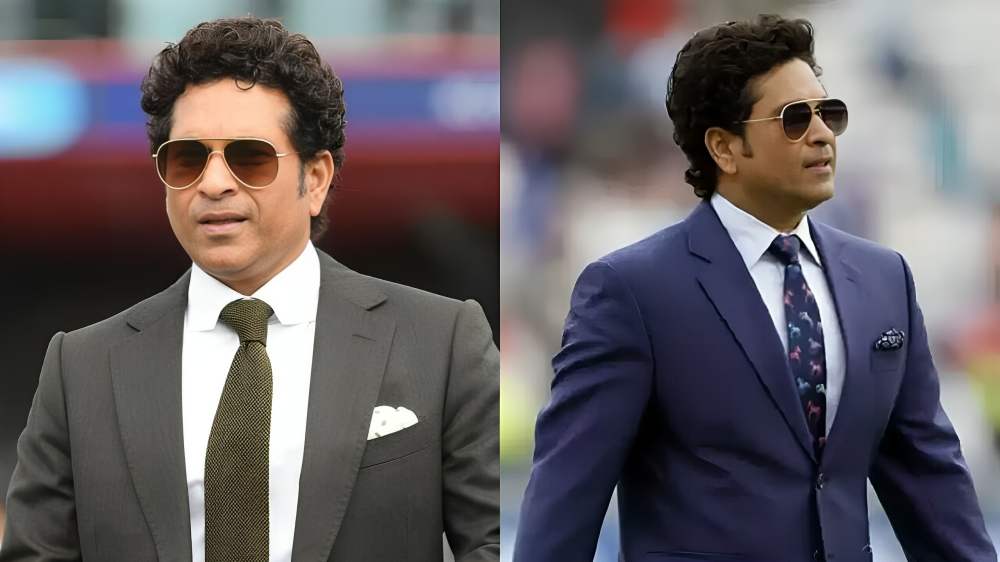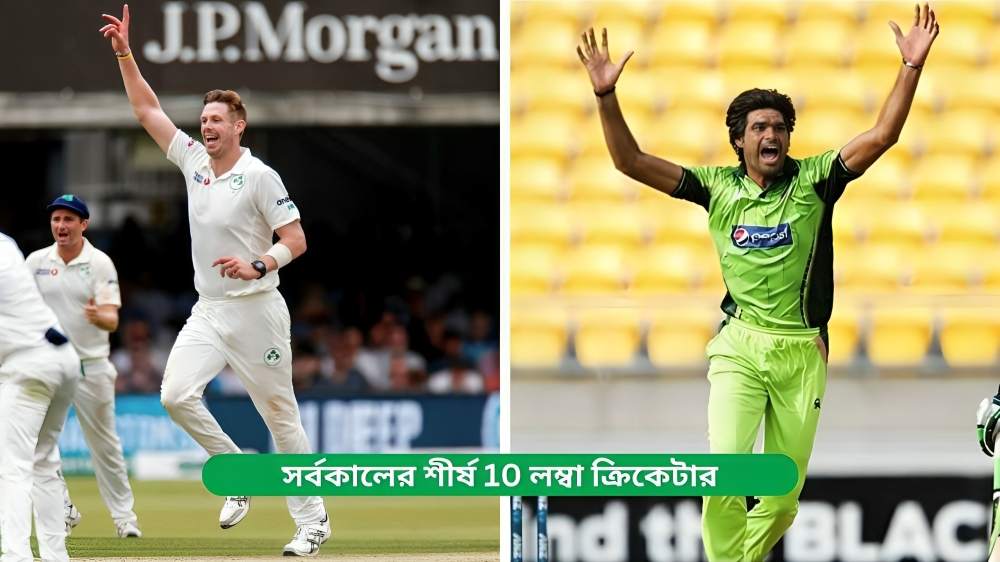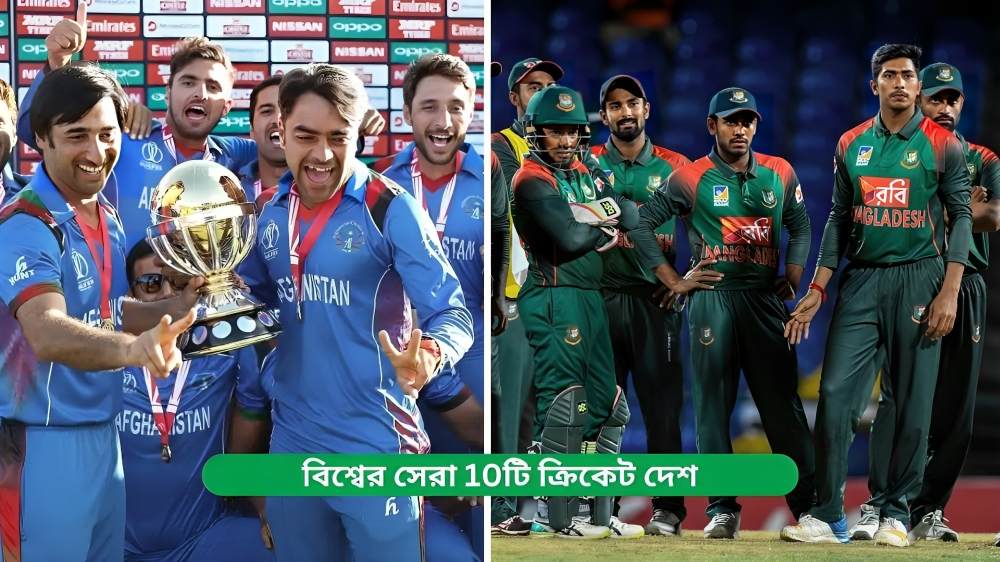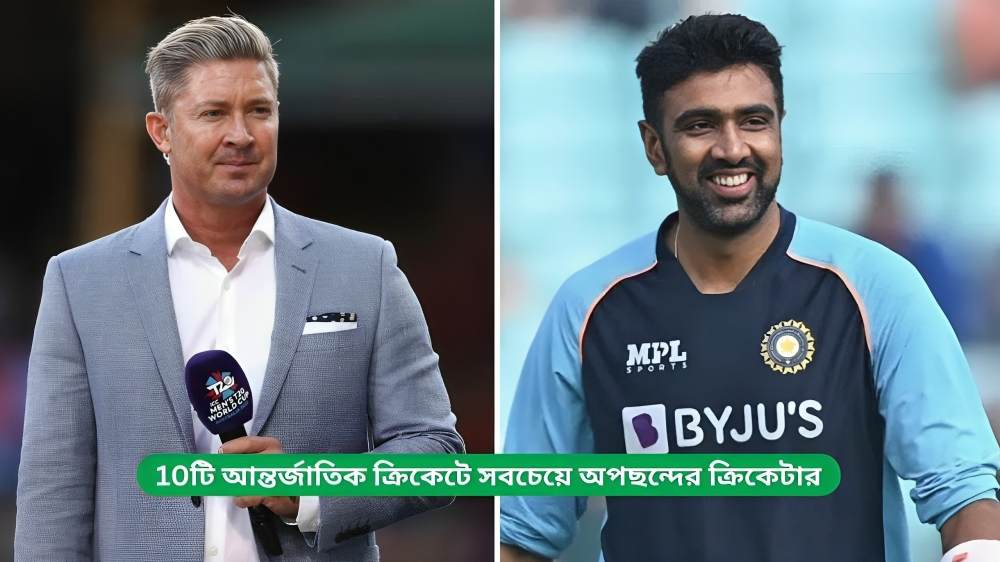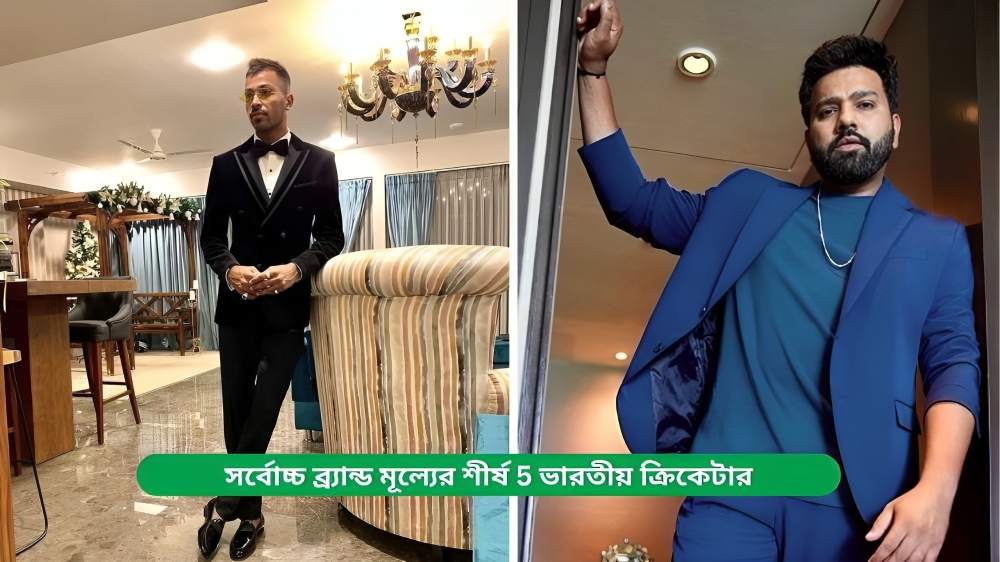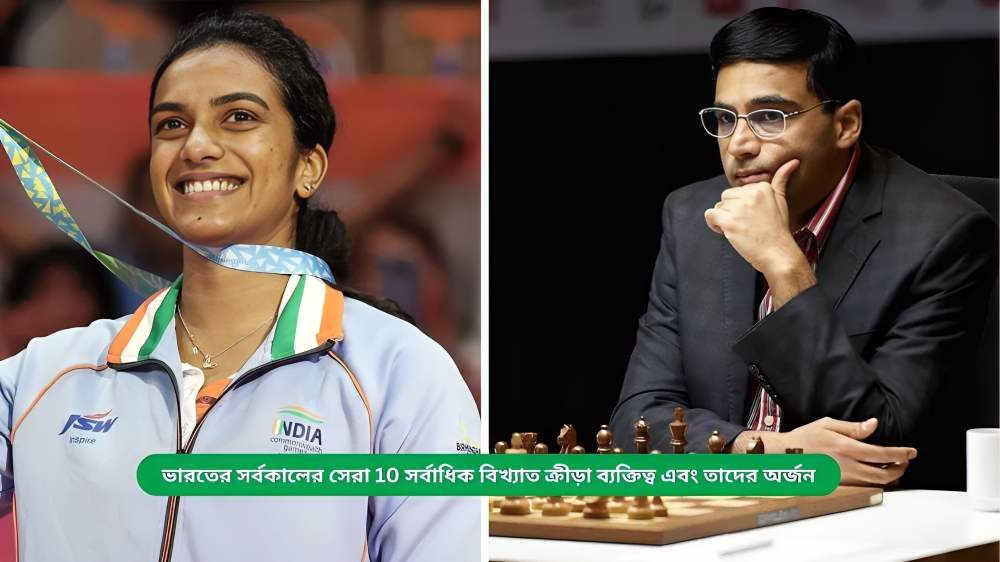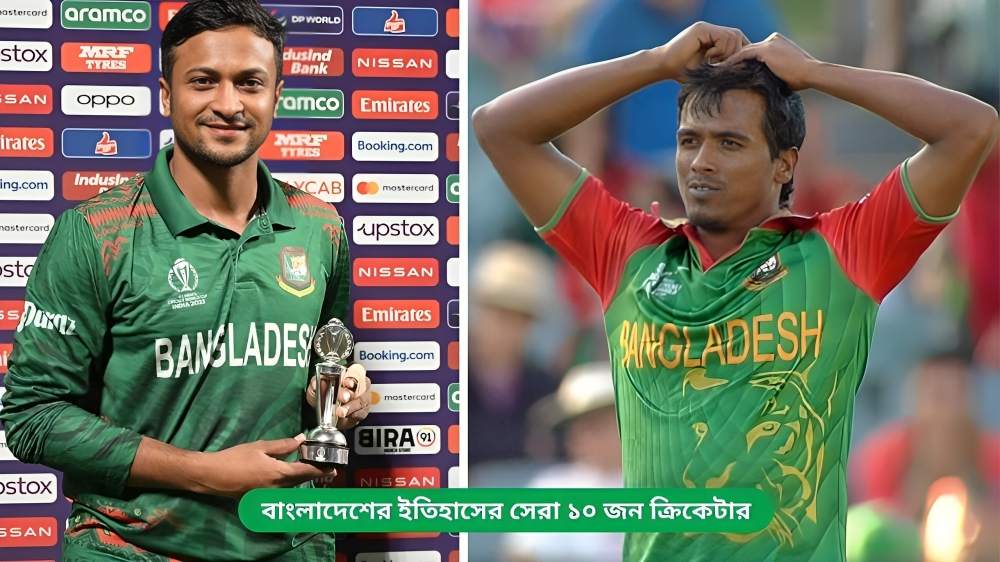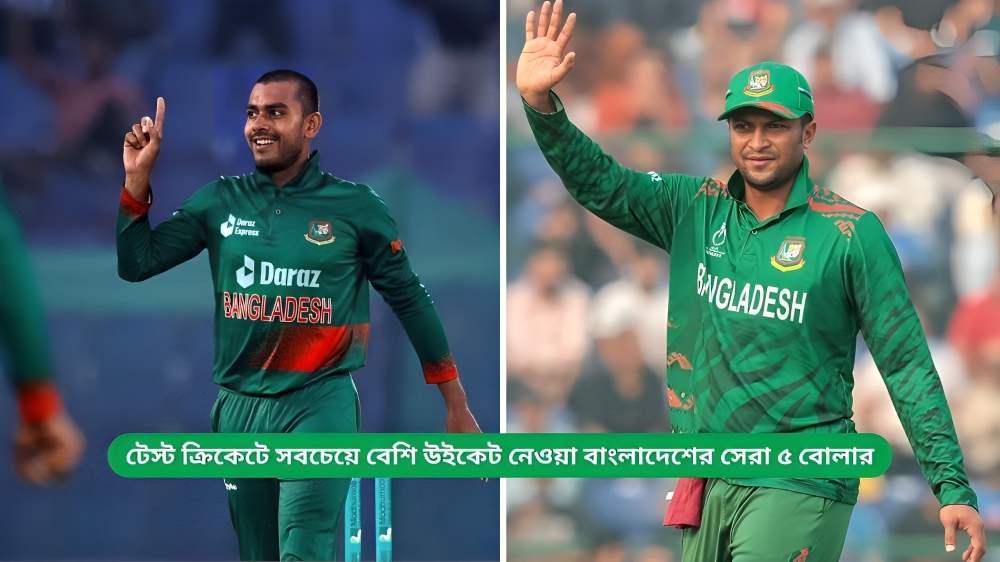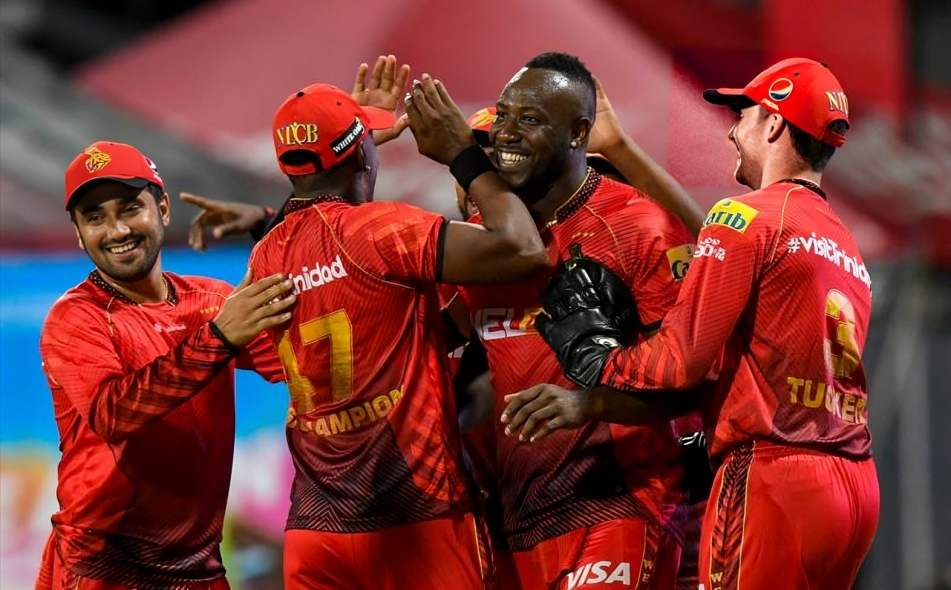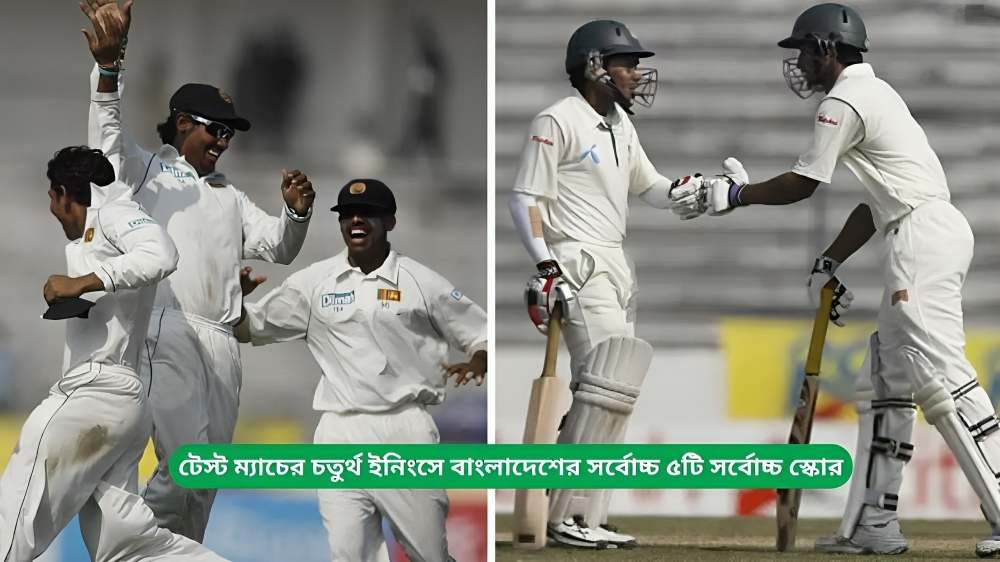Wearing caps while fielding in cricket is not compulsory, but it is a common practice. Players wear caps primarily to protect their eyes from the sun, which can affect their ability to track the ball.
Some other reasons
The first reason is that stadium lights can be very bright and secondly it is tradition, it is part of the uniform.
1. Eye protection : Caps help reduce sun glare, which can affect a player’s visibility. This is important, especially for fielders who have to track the ball in the air or look into the sun while fielding. They do not harm their eyes.

3. Sun protection : We already know that hats are used for sun protection. Cricket is often played in outdoor stadiums, and long playing hours expose players to direct sunlight. Wearing a hat helps protect their eyes and face from the sun, reducing the risk of sunburn and glare.
4. Comfort and concentration: Caps can also help players maintain focus and concentration by preventing distractions. They can provide a sense of comfort and belonging, helping players stay in the zone during a match.
5. Uniformity : Uniformity in appearance is important in team sports, and wearing caps is part of the standardized cricket uniform. This helps spectators, officials and players to easily identify each team on the field.
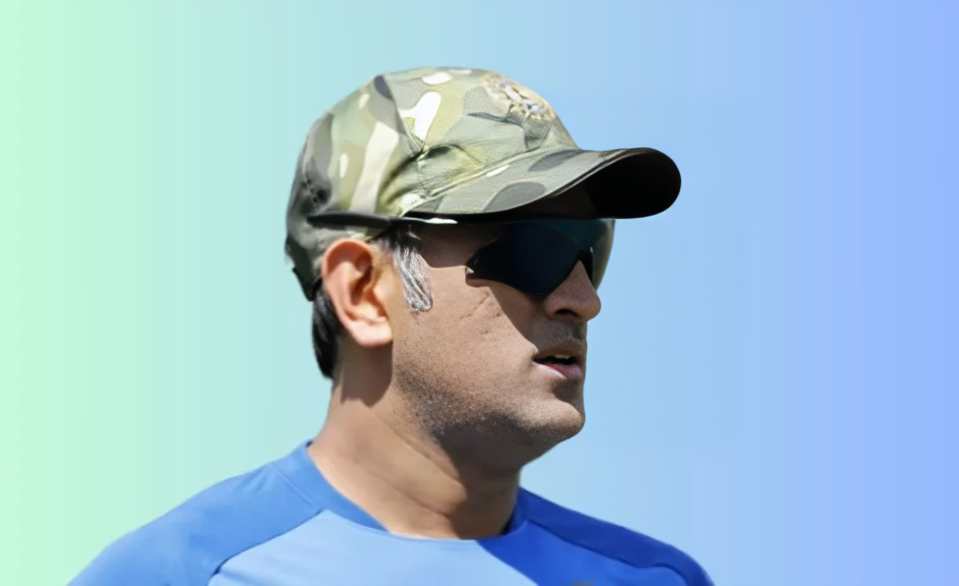
6. Keep your hair in place: For players with long hair, wearing a hat can help keep their hair in place, preventing it from falling into their eyes and potentially affecting their performance.
Types of Caps in Cricket
1. Test caps : Test caps are awarded to players making their Test cricket debut. These caps are often special and may include the player’s Test cap number, indicating the order in which they made their Test debut for their country. Test caps are a symbol of achievement and are usually presented at a ceremony before the player’s first Test match.
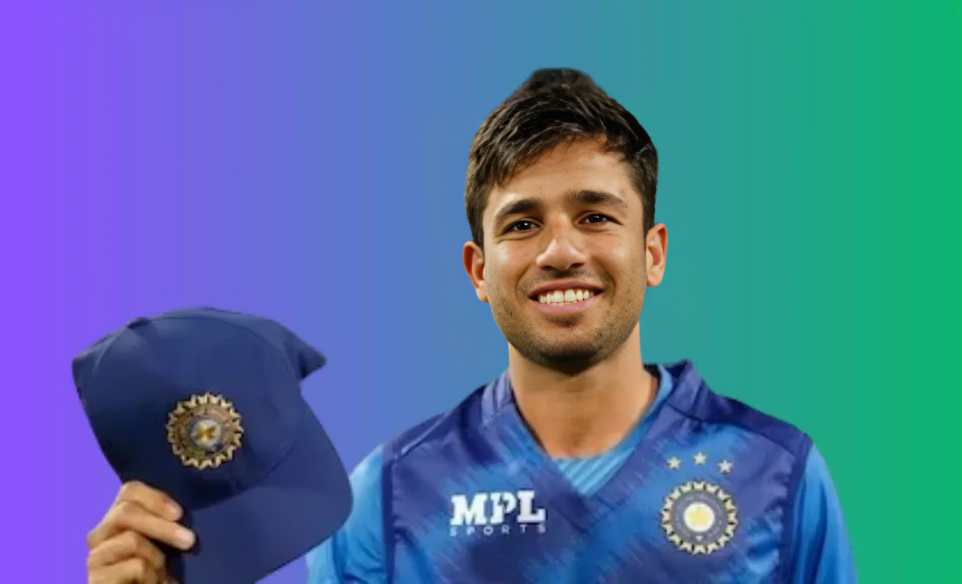
2. Bowling & Batting caps : Some teams have differnce in the design of caps to differentiate between batsmen and bowlers. Many teams have standardized caps for all players. However, in some cases, bowlers may wear a different colour or design cap than the batsmen.
4. Team caps : Team caps are an integral part of the cricket uniform and often represent the team’s identity. These caps usually contain the team’s logo, colours and sometimes sponsors’ logos. Players wear team caps during matches while on the field and while batting.


